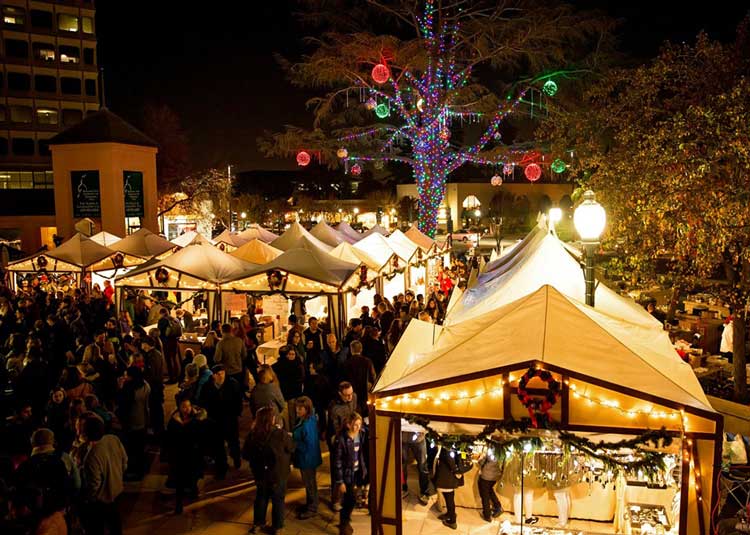Holiday Pop Up Market Marries Gift Shopping and Animal Interaction
A seasonal pop up market is capturing attention by combining curated gift shopping with the chance to spend time with animals, creating a festive, feel good experience for shoppers and vendors alike. This blend of retail and animal engagement matters because it signals a shift toward experiential commerce, supports small businesses and animal welfare groups, and reshapes how communities celebrate the holidays.
Listen to Article
Click play to generate audio

A holiday pop up market that doubles as a place to spend time with animals has emerged as one of this season's most talked about destinations. Shoppers are finding handcrafted gifts, seasonal goods and artisanal foods while also enjoying animal encounters that turn routine errands into memorable outings. The model is straightforward, but its implications reach well beyond commerce.
At its core the market answers two converging demands. Consumers still want thoughtful gifts, but they increasingly seek experiences that feel meaningful and sharable. Adding animals to the mix transforms browsing into an event. From people making last minute purchases to families looking for wholesome activities, the market converts transactional shopping into communal time. That has immediate payoff for small business vendors who benefit from longer dwell times, higher basket sizes and social media visibility when visitors post photos and videos.
For animal welfare groups, the arrangement offers soft power. Visibility in a high foot traffic setting boosts awareness and can catalyze adoptions, donations and volunteer interest without relying solely on formal campaigns. The presence of trained animal handlers and structured interactions also provides an educational moment about responsible pet ownership and rescue work. When stewardship is done well the arrangement becomes a virtuous cycle, directing holiday generosity toward local nonprofits while offering shoppers a respite from the stress of the season.
The phenomenon also fits squarely within broader industry trends. Retail has been migrating away from purely utility driven models toward curated, experiential offerings designed to compete with the convenience of online shopping. Pop up markets exemplify that strategy, recasting shopping as leisure and discovery. For cities and neighborhoods they act as micro economic engines, offering a platform for artisans and small brands to test products and build direct consumer relationships without the overhead of a permanent storefront.
Culturally the market taps into modern holiday rituals. People are looking for ways to make seasonal traditions feel personal and socially conscious. Events that foreground local makers and community causes answer that desire, positioning purchases as expressions of taste and values. They also create intergenerational spaces where grandparents, parents and children can share an outing, combining commerce, entertainment and companionship.
That said there are trade offs and responsibilities. Organizers must balance animal welfare with public access, setting standards for animal stress, hygiene and safety. They must also consider accessibility, allergy accommodations and inclusive programming so these events do not exclude segments of the public. Local regulators and insurance providers increasingly scrutinize the logistics of live animal interactions in public settings, which makes professional oversight and clear policies essential.
As a seasonal concept the market is efficient and uplifting, providing bricks and mortar relief for small businesses while amplifying community bonds. More than a place to buy gifts it functions as a crossroads where commerce, charity and comfort meet, suggesting that the future of holiday retail may be less about bigger sales and more about richer experiences.


